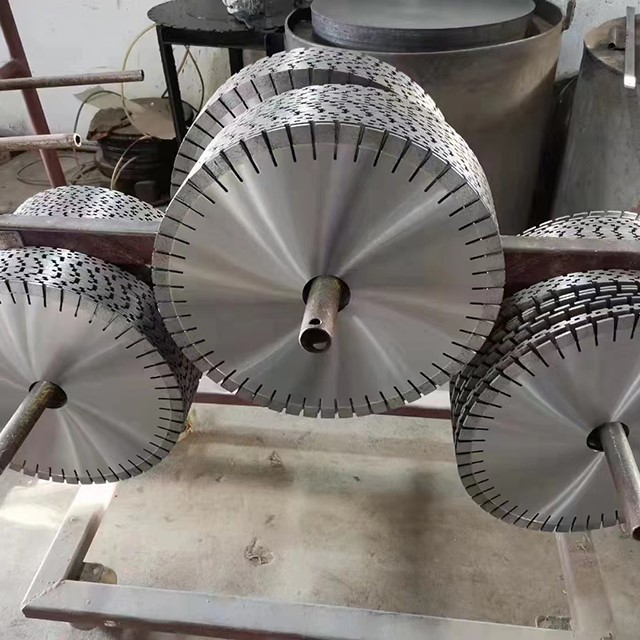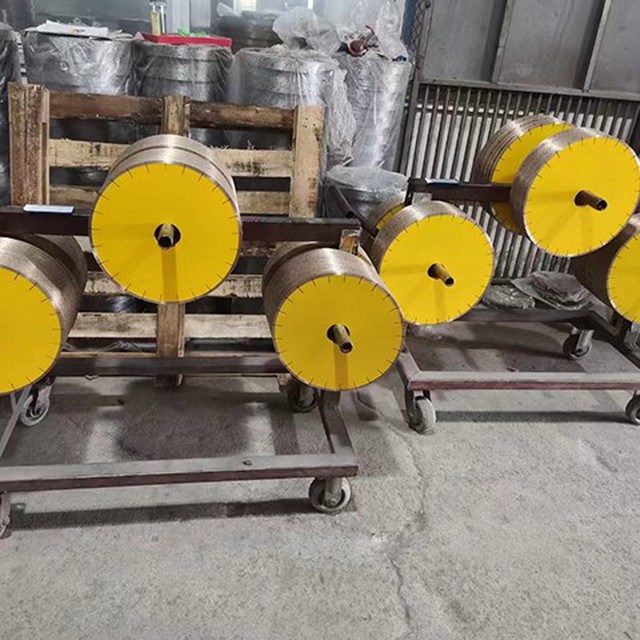Factors Affecting Circular Saw Blade Performance
There are several factors that affect how well a circular saw blade performs:
1. Blade Material: Blades can be made of various materials, including high-speed steel (HSS), carbide, and diamond. HSS blades are the cheapest but also the least durable. Carbide-tipped blades are more expensive but last longer and cut faster. Diamond blades are the most expensive and are only suitable for cutting hard materials like concrete or masonry.
2. Tooth Configuration: The tooth configuration determines how the blade cuts through the material. Blades can have different numbers of teeth, gullet sizes, and tooth angles, all of which affect the cutting speed and quality. Generally, blades with more teeth leave a smoother finish but cut slower. Blades with fewer teeth cut faster but leave a rougher finish.
3. Tooth Grind: The grind of the tooth determines the shape of the cutting edge. There are various tooth grinds, including flat top, alternate top bevel, and triple chip. The grind affects the cutting speed, quality, and durability of the blade.
4. Blade Diameter: Blade diameter determines the size of the cut you can make. Larger blades can cut thicker material but require more power and can be heavier to handle.

Choosing the Best Circular Saw Blade
To choose the best circular saw blade, you should consider the following factors:
1. Material: The blade material should be suitable for the material you are cutting. For example, use a carbide blade for cutting masonry.
2. Tooth Configuration: The tooth configuration should be appropriate for the thickness and hardness of the material. For thick or hard material, use a blade with fewer teeth, a larger gullet size, and a positive tooth angle to cut faster. For thinner or softer material, use a blade with more teeth, a smaller gullet size, and a negative tooth angle to cut smoother.
3. Tooth Grind: The tooth grind should match the material and cutting technique. For ripping wood, use a flat-top tooth grind. For cross-cutting or fine finish work, use an alternate top bevel or triple chip tooth grind.
4. Blade Diameter: The blade diameter should match the capacity of your saw and the thickness of the material you are cutting. Check the saw's maximum blade size and use a blade slightly larger than the material you are cutting.

Conclusion
Circular saw blades are crucial for getting perfect cuts every time. Choosing the right blade for your







